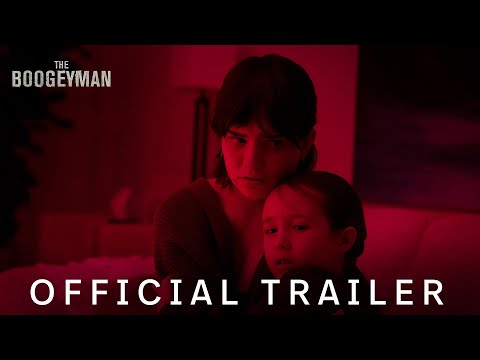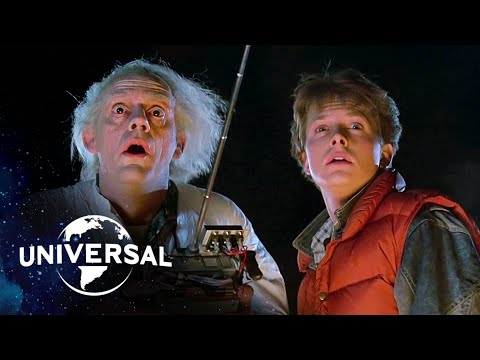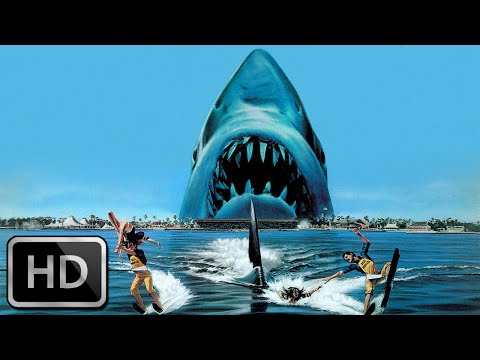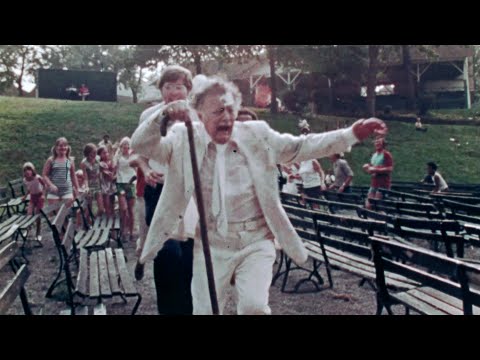If you’re not exhausted by the multi-verse concept already, you will be by the end of “Spider-Man: Across the Spider-Verse.”
The sequel to 2018’s groundbreaking film goes all-in on the gimmick, used so well in “Spider-Man: No Way Home.”
This “Spider-Verse” boasts more web slingers, Easter eggs and ways to threaten the universe’s oh, so delicate balance.
Much of it is breathtaking, both in its visual allure and the maturity behind the conflicts. If only more MCU films could match its intelligence and wit.
What’s missing? A storyteller with the sense that to leave more scenes on the cutting-room floor.
Many more scenes.

We revisit Miles Morales (Shameik Moore), the web-slinging teen, as he’s torn between being a good son and craving more wall-crawling action. That means missing Spider-Gwen (Hailee Steinfeld), herself balancing those superpowers with her loyalty to her police captain pappy (the great Shea Whigham).
The web slingers share a connection that borders on romance, but they’re too busy battling a new threat — The Spot (Jason Schwartzman). He’s not your ordinary supervillain, bringing a bruised hurt to the film that’s endearing but deadly.
Miles must balance his feelings for Gwen, a dedication to protecting others from The Spot’s revenge campaign and keeping his identity a secret from his parents (voiced by Brian Tyree Henry and Luna Lauren Velez with palpable empathy).
RELATED: ‘INTO THE SPIDER-VERSE’ – DIVERSITY DONE RIGHT
Morales’ actions cause a ripple effect that may impact not just his universe but many others. That revelation should be at the heart of the story. Instead, it arrives so late you might think your’e watching an old-school film and the projectionist mixed up the reels.
Why bury the film’s core selling point? It’s maddening, but the lack of storytelling restraint floods the film.
Yes, “Across the Spider-Verse” looks magnificent. The collage of colors, styles and stunning compositions could make it worth watching with the volume turned off.
At least for a while.
That artwork can only sustain our interest for so long. Scene after scene overstays its welcome until even the most glorious visuals leave us hungry for something else.
Tension. Plot. A point above and beyond the razzle-dazzle animation.
You’ll still find winning moments, from the sequel’s rich humor to the poignancy of the Morales family. They’re not perfect, but the elders understand the world too well to let their son go into it without all the wisdom they can share.
Their family bond is beautiful, but raising a teen with super powers pushes the parents to their limits.

Oscar Isaac voices Miguel, the unofficial leader of the Spider regime. The actor commands the screen despite the chaos swirling around him.
The film’s multi-verse backdrop powers the story on many levels, but it’s often leveraged for quick, unnecessary laughs. The screenplay, credited to Phil Lord, Chris Miller and David Callaham, evokes smiles in nearly every scene as is.
Those laughs flow from the characters and their predicaments, and you never feel guilty for chuckling.
That’s less true with some of the more bizarre bits, aimed at youngsters who won’t connect with the story’s adult-minded conflicts.
“Spider-Verse” overwhelms the senses in many ways, especially during one stretch littered with Easter eggs. It’s dizzying and fun, a pop culture wink that reveals the film’s hearty meta sensibility.
It means little, though, and given the film’s gargantuan running time could have been trimmed aggressively (to be restored in the extended Blu-ray edition).
There’s still plenty to cheer about “Across the Spider-Verse,” from its sophisticated take on family to animation that veers from state of the art to, “let’s hang every third scene in a museum.”
Yeah, it’s that beautiful to behold.
Now, can Sony release a 90-plus minute version of the sequel and call it a super hero masterpiece?
HiT or Miss: “Spider-Man: Across the Spider-Verse” is bigger, more ambitious than the 2018 original. What the mesmerizing film demands, alas, is someone brave enough to slice 30 minutes from the finished film. Or more.
The post ‘Spider-Man: Across the Spider-Verse’ as Bloated as It Is Glorious first appeared on Hollywood in Toto.
The post ‘Spider-Man: Across the Spider-Verse’ as Bloated as It Is Glorious appeared first on Hollywood in Toto.
from Movies - Hollywood in Toto https://ift.tt/G1u6Ric













 (@JohnCenaCrews)
(@JohnCenaCrews) 
 (@sonymusicsoundtracks)
(@sonymusicsoundtracks)









